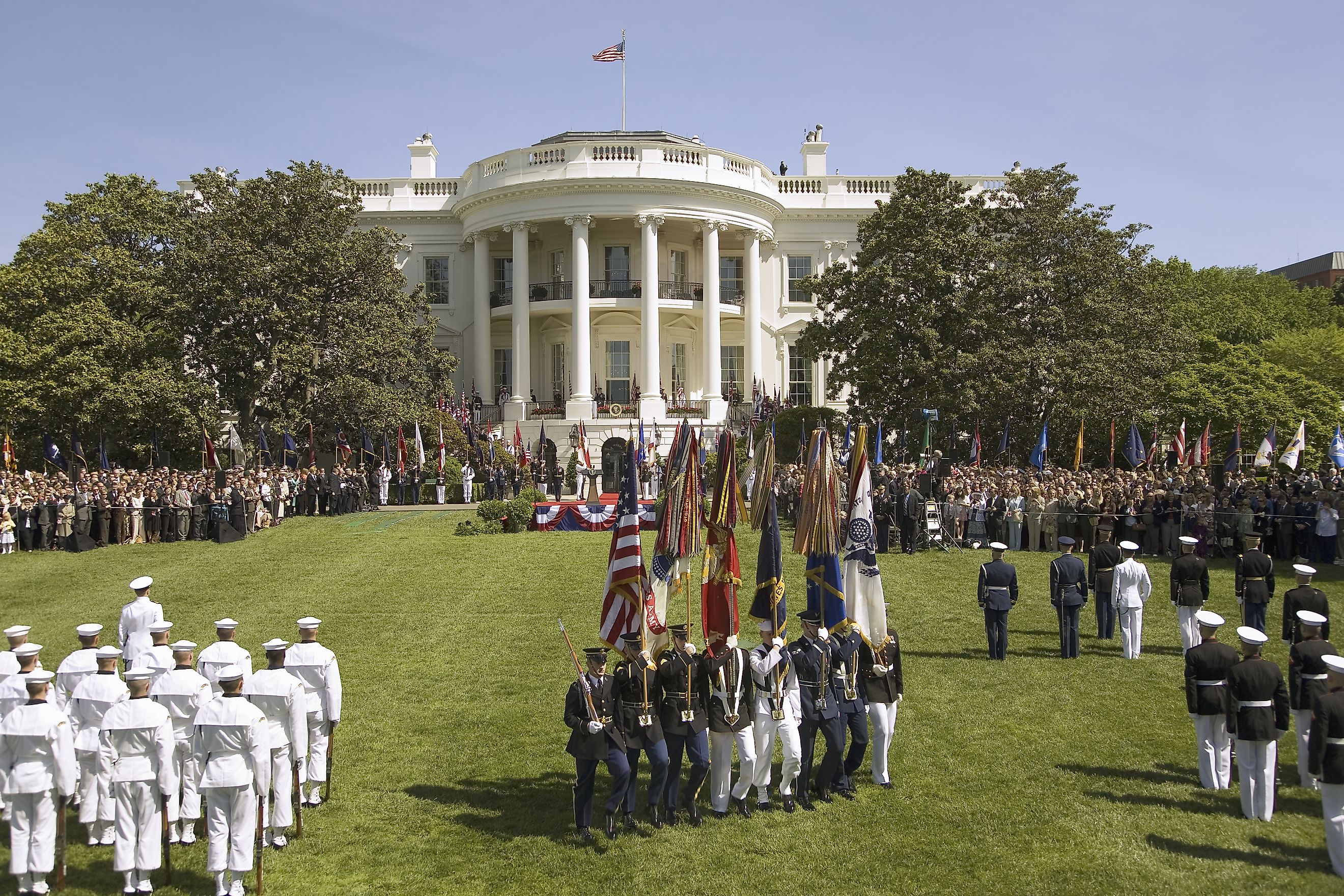
The Oldest Branches of The US Military
The United States military is a key pillar of national security and a major player in global affairs, with a rich history of tradition, heroism, and change. This article looks at the oldest branches of the US military: the Army, Navy, Marine Corps, and Coast Guard. Each has a unique origin and has played a vital role in shaping the nation, from the Revolutionary War to today's conflicts. By exploring their beginnings, growth, and contributions, we better understand how these branches have protected and defined the country. Their lasting legacy highlights the US military's ongoing role in ensuring national security and exerting global influence.
The United States Army
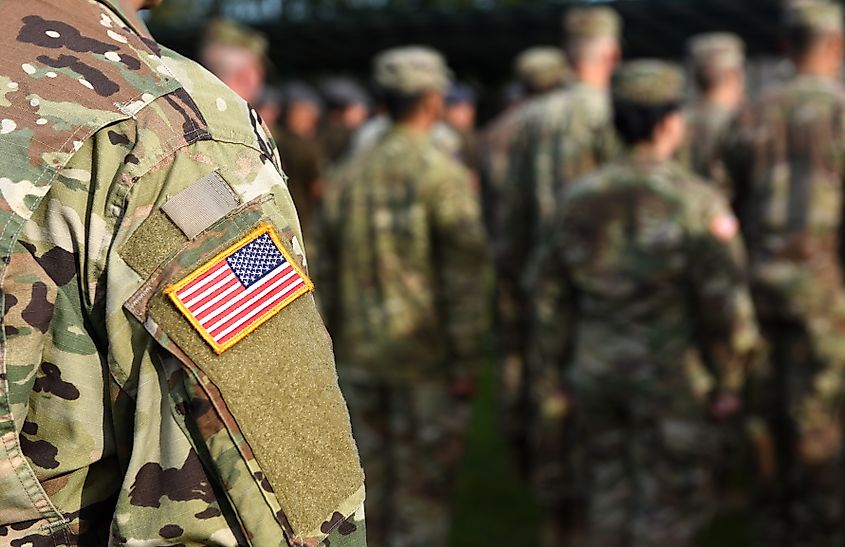
American Soldiers. US Army. US troops.
The United States Army, established in 1775, predates the nation itself, symbolizing resilience and adaptability through centuries of change. Formed during the American Revolutionary War to fight British forces, the Army has significantly evolved in structure, strategy, and capability. Initially known as the Continental Army, it laid the foundation for a highly organized and professional fighting force. Over the years, technological advancements and strategic innovations have played key roles, from introducing mechanized units during World War I to deploying advanced intelligence and surveillance systems in modern conflicts.
Today, the US Army is versatile and highly trained, capable of handling various threats, including conventional warfare, counterterrorism, and cyber warfare. Its responsibilities have expanded to include peacekeeping missions, humanitarian assistance, and disaster relief efforts around the world. The Army integrates ground forces, aviation units, and cutting-edge technology to maintain tactical superiority. It not only protects national security but also promotes international stability by working with allied nations, reflecting its ongoing commitment to global peace and security.
United States Navy
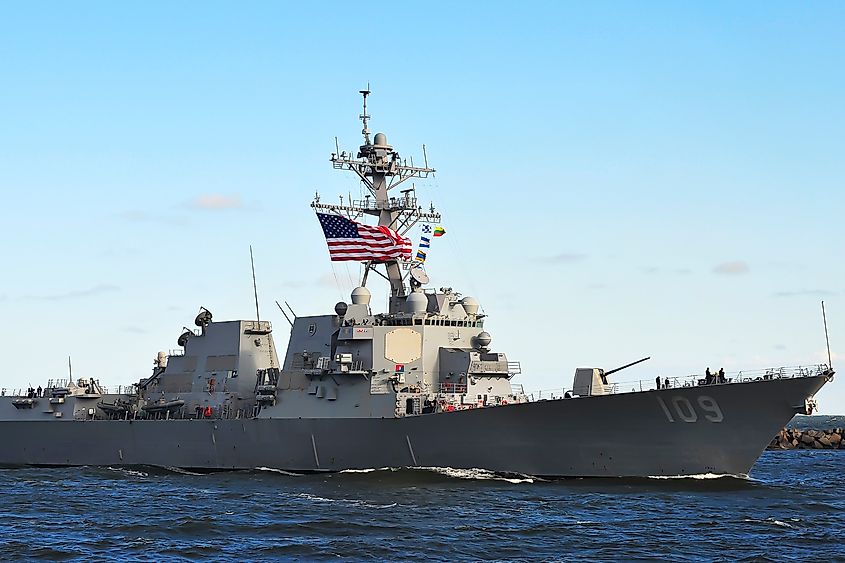
The United States Navy, founded on October 13, 1775, has been a key part of America's sea power for over 200 years. It was initially created to disrupt British maritime activities during the American Revolutionary War, despite facing challenges like limited resources and naval strength. Even with these obstacles, the early Navy achieved important victories, such as the Battle of Nassau and engagements with British warships, which showcased its potential.
As the nation grew, so did its Navy. The War of 1812 tested the Navy's capabilities with significant battles on the Great Lakes and the high seas. Throughout the 19th century, technological advancements marked its evolution, transitioning from wooden sailing ships to ironclad warships.
In the 20th century, the Navy's role expanded greatly, especially during the World Wars. World War II saw the Navy become a dominant global force with key battles in the Pacific, like Midway and Leyte Gulf. Aircraft carriers became central, changing naval tactics. The Cold War brought further transformation with nuclear-powered submarines and ships, boosting strategic capabilities.
Today, the US Navy's role spans traditional maritime warfare to humanitarian aid and disaster relief. It maintains a global presence through its carrier strike groups and tackles modern threats with advanced technology, such as unmanned systems and cyber warfare. Collaborating with international allies, the Navy continues to adapt to maintain maritime dominance and support global peace and stability.
United States Marine Corps

The United States Marine Corps (USMC) was established on November 10, 1775, as an elite amphibious force for quick strikes and rapid deployment. Initially formed to support the Continental Navy during the Revolutionary War, the Marines soon gained a reputation for their tenacity and effectiveness in battle.
Over time, the Corps evolved into a versatile force conducting operations on land, sea, and air. This included key roles in major conflicts like World War I, World War II, and the Korean War, where their amphibious assault capabilities were crucial.
Today, the USMC continues to adapt by integrating advanced technology and focusing on rapid response missions, including humanitarian aid and disaster relief. The USMC is known for projecting power quickly and decisively, maintaining a global presence to ensure national security and support global stability.
United States Coast Guard
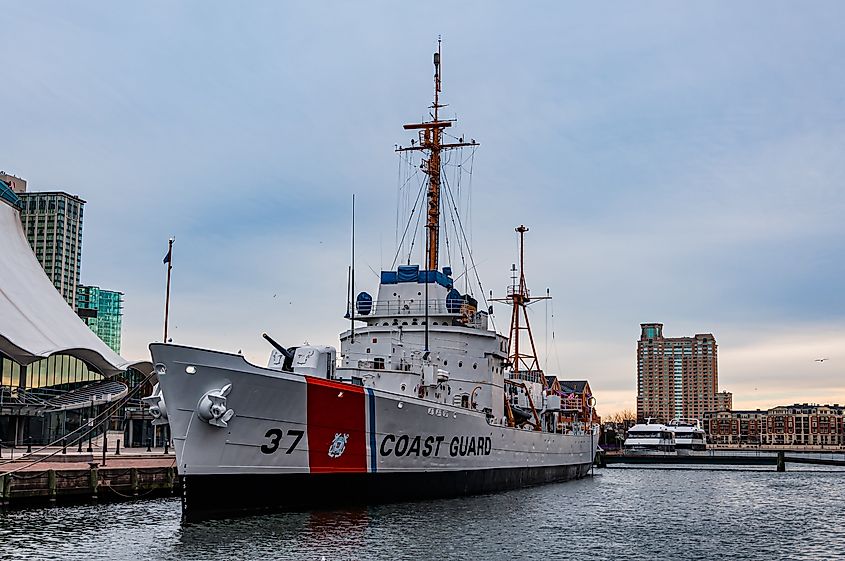
Photo of United States Coast Guard Cutter Taney, Pier 5, Baltimore, Maryland USA.
The United States Coast Guard (USCG) is crucial in protecting the nation's maritime interests. Established on August 4, 1790, as the Revenue Cutter Service under the Department of the Treasury, it initially focused on enforcing tariffs and preventing smuggling. Over time, the Coast Guard's responsibilities have expanded significantly. In 1915, it merged with the Life-Saving Service to officially form the United States Coast Guard. This merger marked the start of its broader role in maritime safety, search and rescue operations, and environmental protection.
Today, the Coast Guard operates under the Department of Homeland Security during peacetime but can be transferred to the Department of the Navy during wartime or at the president's direction. It is vital to national security and law enforcement, handling missions like drug interdiction, migrant interdiction, port security, and environmental stewardship. Advanced technologies such as automated identification systems, drones, and sophisticated surveillance equipment have boosted its capabilities.
The Coast Guard also works with international partners to combat maritime piracy and ensure safe navigation in international waters. Its ability to respond quickly to natural disasters underscores its commitment to humanitarian assistance. As the smallest branch of the US Armed Forces, the Coast Guard's adaptability and expertise are key to maintaining maritime order and protecting the nation's coastlines.
United States Space Force
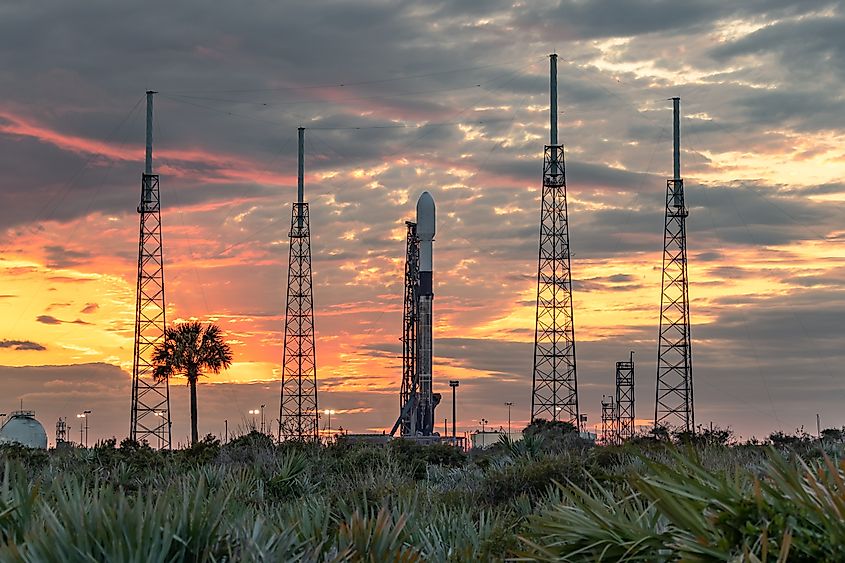
The United States Space Force (USSF), established on December 20, 2019, marks a major advancement in the nation's military capabilities. Formed from the Air Force Space Command, the USSF was created to address the growing importance of space in modern warfare and national security.
This new branch is responsible for organizing, training, and equipping space forces to protect the US and allied interests in space and to provide space capabilities to the joint force. The development of the Space Force highlights the rising strategic competition and increasing reliance on satellite technology for communication, navigation, and surveillance.
The USSF focuses on securing freedom of operations in space, advancing spaceflight technology, and protecting assets essential to military operations and everyday civilian life. Committed to innovation and resilience, the United States Space Force is set to play a crucial role in maintaining the nation's superiority in space.
Marvels Of Global Security And Stability
The history and contributions of the oldest branches of the US military are a testament to their enduring importance. These branches have shaped the nation's history, ensured national security, and contributed to global stability. The recent addition of the Space Force highlights the evolving nature of military operations and the need to adapt to new challenges.
The traditions, values, and missions of these branches continue to inspire and guide their members. Understanding their origins, evolution, and roles allows us to appreciate their significance and the sacrifices made by those who serve. For history buffs and military enthusiasts, this exploration offers a deeper appreciation of the US military's rich heritage and ongoing contributions.
Those who wish to explore further should consider attending military history events or engaging with communities of like-minded individuals. Stay curious, stay informed, and continue to honor the legacy of these remarkable institutions.







